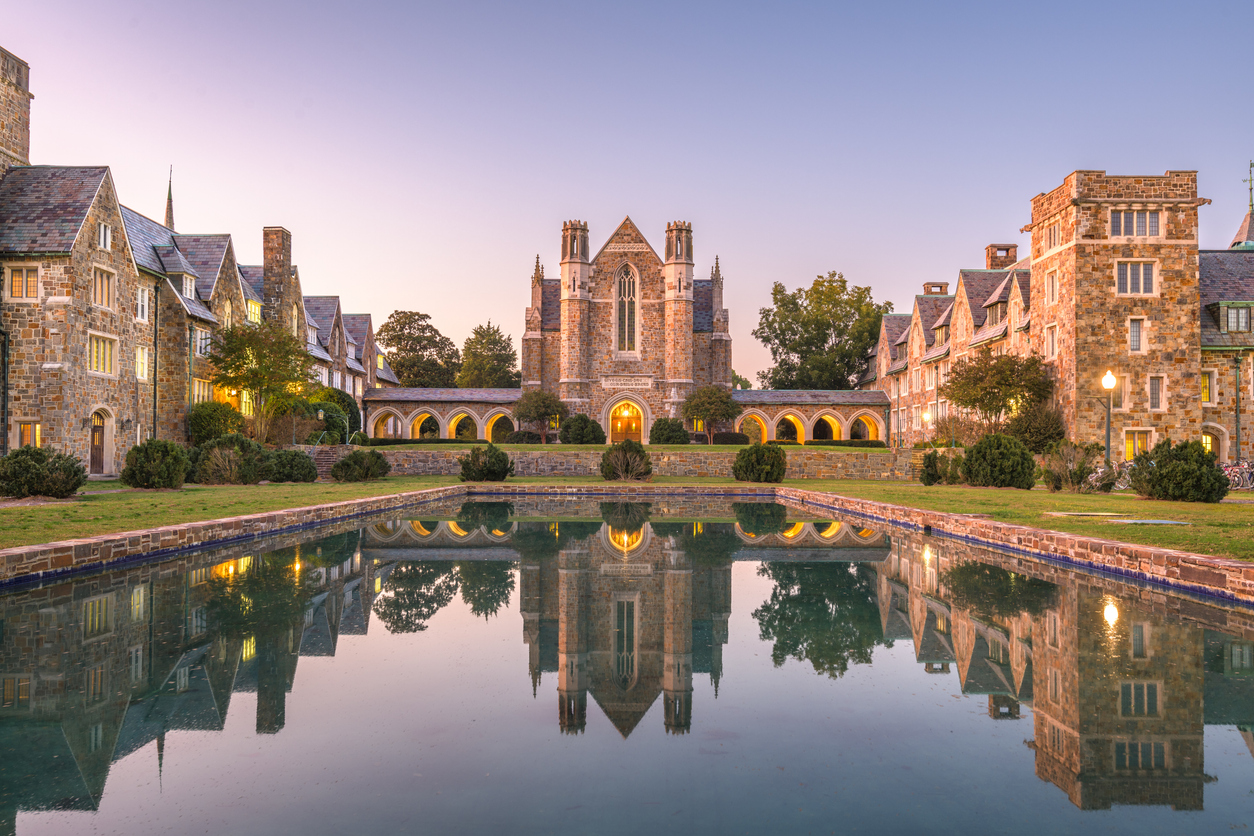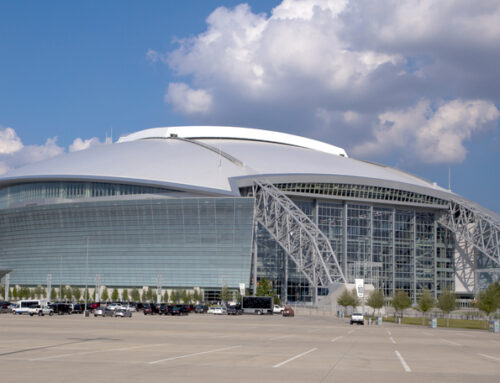While educational quality is paramount in selecting a college, the physical aesthetics of a campus significantly influence prospective students’ decisions. Beautiful architecture and stunning landscapes can tip the scales for students choosing their future alma mater. Architectural Digest recently highlighted this by featuring two Georgia campuses, Berry College and Spelman College, in their list of the “64 Prettiest College Campuses in America.”
Berry College, set in Rome, Georgia, boasts the title of the world’s largest campus, encompassing 27,000 acres. It is renowned not only for its expansive, verdant landscapes but also for its striking English Gothic architecture. This combination of historical buildings and natural beauty creates an idyllic learning environment that can be a major draw for students looking for an inspiring collegiate atmosphere.
Spelman College in Atlanta, known for its rich history and significance among historically Black colleges and universities (HBCUs), also made the list. The campus features a variety of architectural styles, including red brick buildings that are both visually appealing and steeped in cultural history. Notable among them is Rockefeller Hall, built in 1886 and listed on the National Register of Historic Places. The continual addition of modern facilities like the upcoming Center for Innovation & the Arts ensures that the campus remains relevant and attractive to new generations of students.
The architecture of a college campus plays a crucial role in its appeal and can significantly impact enrollment rates. A visually appealing campus can enhance a university’s image, making it more attractive to prospective students. First impressions are powerful, and the aesthetic quality of a campus can create a strong emotional connection. Students often envision themselves in a place where they feel comfortable and stimulated, and architecture greatly influences this perception.
Furthermore, campuses that merge historical architecture with modern amenities can offer an educational environment that feels both rooted in tradition and forward-looking. This blend can attract a diverse student body looking for a unique collegiate experience. For instance, traditional architecture can evoke a sense of permanence and prestige, while innovative, sustainable designs can attract environmentally conscious students.
Investing in campus architecture goes beyond mere visual appeal; it reflects the institution’s values and priorities. Schools that maintain their buildings, invest in new facilities, and create cohesive, well-planned campuses are perceived as valuing their community’s overall experience. This can lead to higher enrollment as students often choose colleges that invest in creating welcoming, dynamic, and inclusive spaces.
While the educational offerings of a college remain a priority, the architectural appeal of its campus is a significant factor that can influence prospective students’ enrollment decisions. As colleges compete for top talent, those with visually impressive campuses have a clear advantage, underscoring the importance of architecture in shaping the identity and appeal of higher education institutions.
Indeed, the architecture and layout of a college campus not only influence first impressions but also play a substantial role in the day-to-day experiences of students, affecting everything from their mental well-being to their academic success. Studies have shown that environments with natural elements and aesthetically pleasing features can reduce stress and enhance focus and creativity among students. This means that campuses like Berry College, with its extensive natural landscapes, and Spelman College, with its historic and culturally rich architecture, offer environments that can positively impact learning and student satisfaction.
Additionally, the architectural uniqueness of a campus serves as a differentiating factor among institutions, especially in a crowded educational market. For prospective students and their families, campus tours often serve as a deciding factor, where the physical setting can either resonate deeply or fall flat. Architectural coherence and preservation also convey a sense of tradition and legacy, which can be particularly appealing to those who value a sense of continuity and community in their educational choices.
Moreover, campuses that are designed with accessibility and inclusivity in mind demonstrate a commitment to all students, ensuring that the physical space contributes to an equitable learning environment. Features like barrier-free pathways, ample green spaces, and buildings equipped with modern facilities to accommodate all students underscore an institution’s dedication to inclusivity and well-being. This holistic approach to campus design not only attracts a wider range of students but also fosters a supportive academic community. Thus, the strategic design and maintenance of college campuses are integral not just to attracting students but also to retaining them by offering a conducive and enriching atmosphere for personal and academic growth.
Georgia is not only known for beautiful college campuses, but is home to Coca Cola, peaches and great law practices such as Gainesville, GA Personal Injury Attorney. Georgia has a multitude of diverse and beautiful experiences to offer.





Leave A Comment